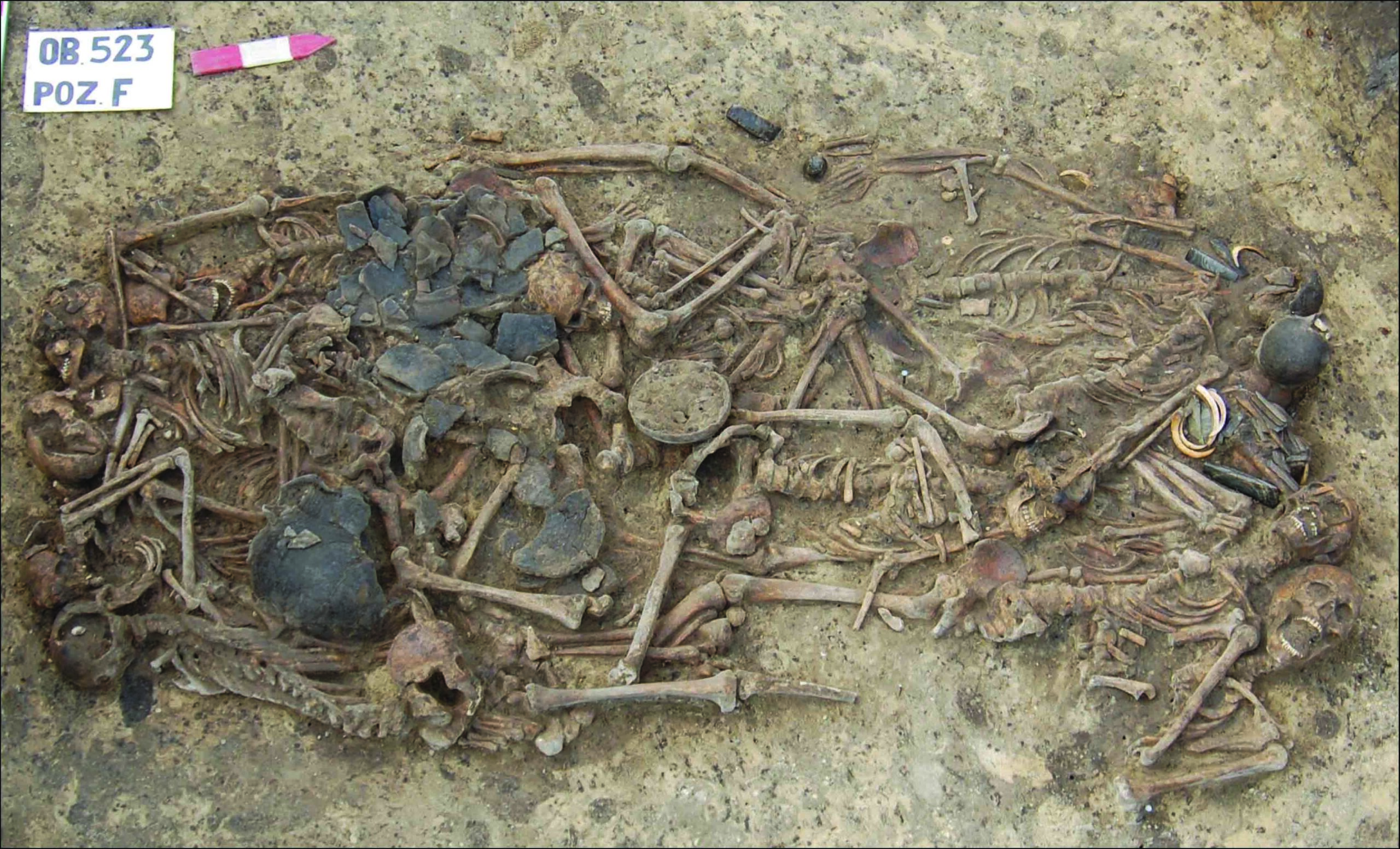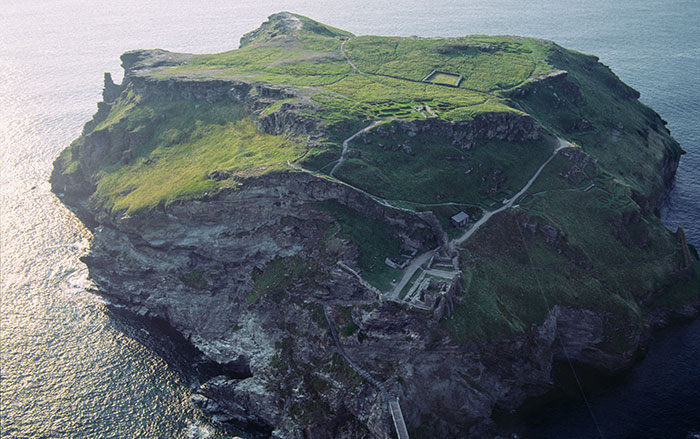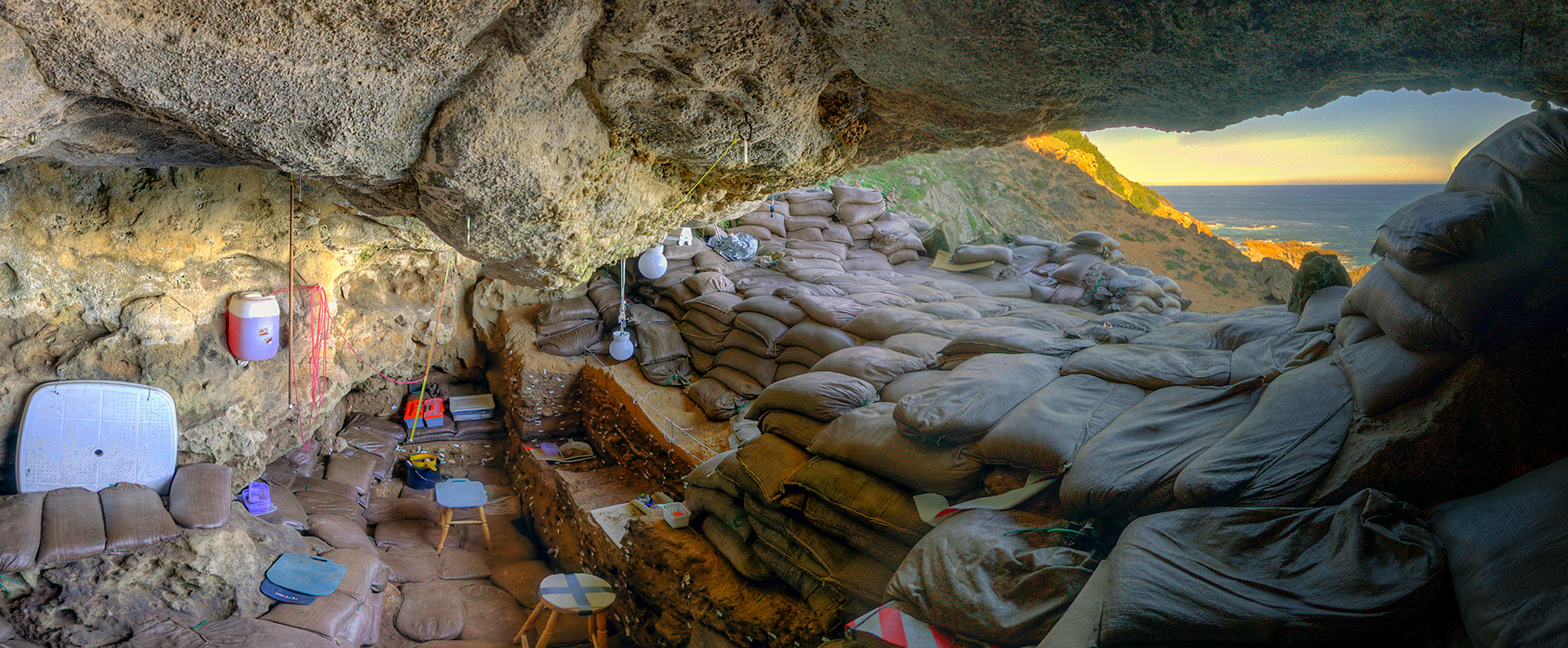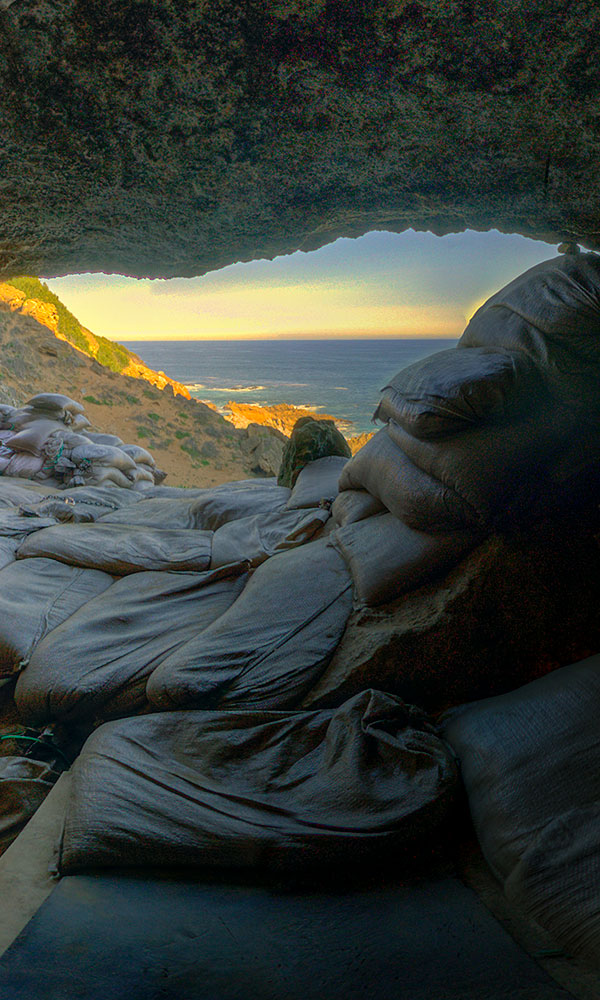WARSAW, POLAND—According to a Science in Poland report, obsidian was used for making tools and weapons in what is now Poland at least 20,000 years ago, even though volcanic glass is not known to occur naturally anywhere in the country. “People [have] always paid special attention to exotic products and raw materials from distant lands,” said Dagmara H. Werra of the Polish Academy of Sciences. “It must have been similar with shiny obsidian.” During the Paleolithic period, Werra explained, obsidian was probably imported in the form of finished tools from what is now Slovakia on the Vistula River, which extends from the western Carpathian Mountains across Poland to the Baltic Sea. And, analysis of obsidian samples revealed some of them originated as far away as southeastern Turkey. Obsidian tools were used to scrape leather and wood, and for processing meat. Marks on some of the blades suggest they were attached to wooden shafts with leather strips to make spears. Werra added that few obsidian processing sites have been found in Poland, but there is some evidence that raw obsidian may have been imported during the Neolithic period and fashioned into tools locally. For more, go to “Obsidian and Empire.”
Obsidian Trade in Poland Dates Back At Least 20,000 Years
News February 22, 2019
Recommended Articles
Digs & Discoveries September/October 2019
We Are Family

Letter from France January/February 2026
Neolithic Cultural Revolution
How farmers came together to build Europe’s most grandiose funerary monuments some 7,000 years ago



-
Features January/February 2019
A Dark Age Beacon
Long shrouded in Arthurian lore, an island off the coast of Cornwall may have been the remote stronghold of early British kings
 (Skyscan Photolibrary/Alamy Stock Photo)
(Skyscan Photolibrary/Alamy Stock Photo) -
Letter from Leiden January/February 2019
Of Cesspits and Sewers
Exploring the unlikely history of sanitation management in medieval Holland
 (Photo by BAAC Archeologie en Bouwhistorie)
(Photo by BAAC Archeologie en Bouwhistorie) -
Artifacts January/February 2019
Neo-Hittite Ivory Plaque
 (Copyright MAIAO, Sapienza University of Rome/Photo by Roberto Ceccacci)
(Copyright MAIAO, Sapienza University of Rome/Photo by Roberto Ceccacci) -
Digs & Discoveries January/February 2019
The Case of the Stolen Sumerian Antiquities
 (© Trustees of the British Museum)
(© Trustees of the British Museum)



